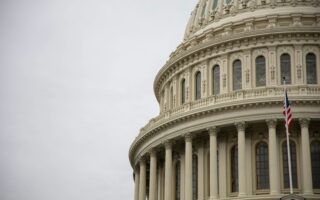DOL’s Advisory Memorandum On “Donning And Doffing” Specialized Gear
Sep 27, 2006
Our March 31, 2006 newsletter addressed a recent U.S. Supreme Court case in the wage and hour area, IBP v. Alvarez (See: Employees Must Be Compensated For “Donning & Doffing” Specialized Gear). This decision held that under certain circumstances employers needed to pay employees for time spent walking from changing areas to their workstations after putting on specialized protective gear required for jobs, as well as for time spent walking from their workstations to the place where the gear is removed. In May of 2006, the Department of Labor (“DOL”) issued an Advisory Memorandum to its directors interpreting this decision.
This Memorandum is important because it provides additional guidance to employers that have compliance concerns after the Supreme Court’s decision. For instance, the Memorandum notes that while the Court’s decision did not define “donning and doffing,” DOL believes the definition of donning includes the obtaining of equipment.
The DOL’s Memorandum is also helpful because it covers areas not addressed in the Court’s decision including changing gear at home. For instance, DOL reiterated its longstanding position that, “if employees have the option and the ability to change into the required gear at home, changing into that gear is not a principal activity, even when it takes place at the plant.” The option of allowing employees to change at home may allow a way for your company to minimize its potential exposure.
Another area discussed in this Memorandum concerns DOL’s position about whether the donning and doffing of non-unique gear—for example, hairnets, goggles, and smocks—is compensable. DOL takes the position that the distinction between unique and non-unique gear is irrelevant and believes the focus should be whether the donning and doffing of the equipment in question is part of the employee’s principal activities.
Finally, the Memorandum addresses DOL’s rule concerning de minimis activities. De minimis activities are essentially insubstantial or insignificant periods of time outside scheduled working hours that may be disregarded in recording time. Generally, this rule applies to only those times where the work involved is limited to a few seconds or minutes which cannot as a practical administrative matter be precisely recorded for payroll purposes. DOL has indicated that it believes this rule only applies to the “aggregate amount of time for which an employee seeks compensation, not separately to each discrete activity.”
Overall, knowing DOL’s stance on these various issues will help you adjust your employment practices in areas that the DOL may investigate. By following DOL’s interpretations, you may be able to place yourself in a better defensive position if you are ever audited by DOL or if litigation ever arises. The full text of the Advisory Memorandum is available at www.dol.gov/esa/whd/foh/AdvisoryMemo2006_2.htm







